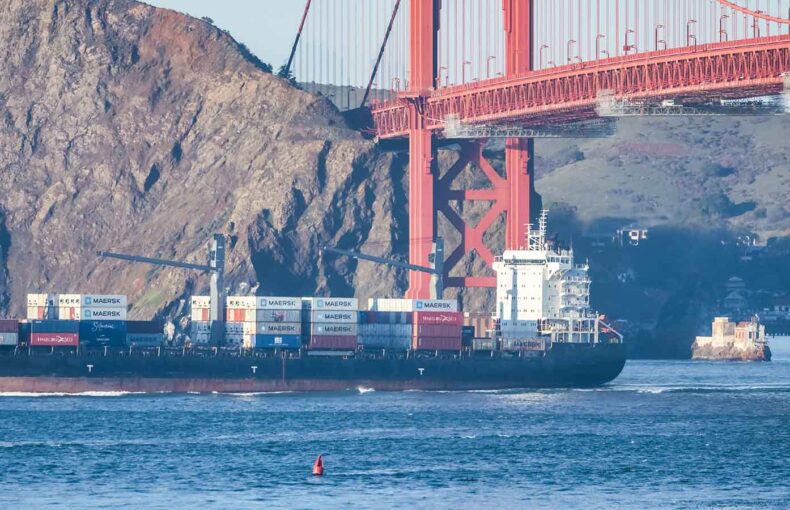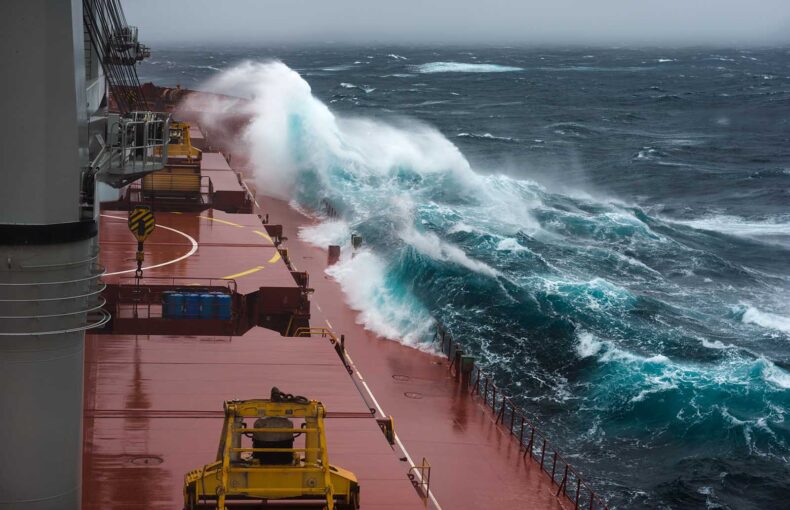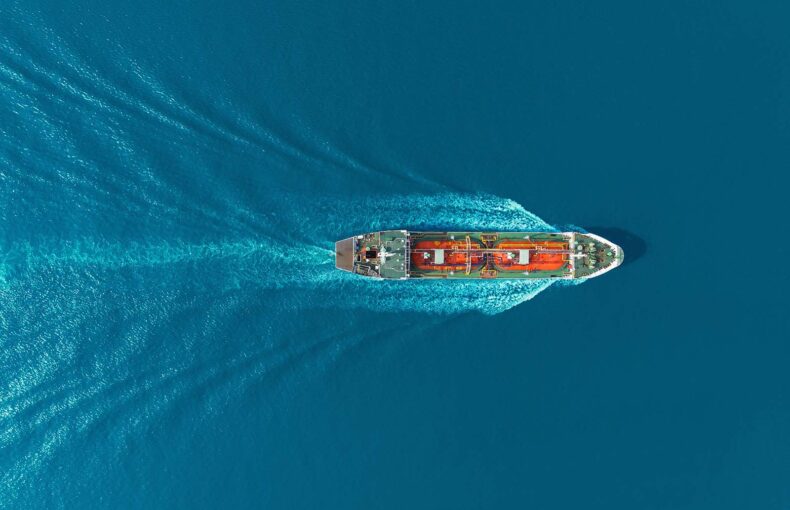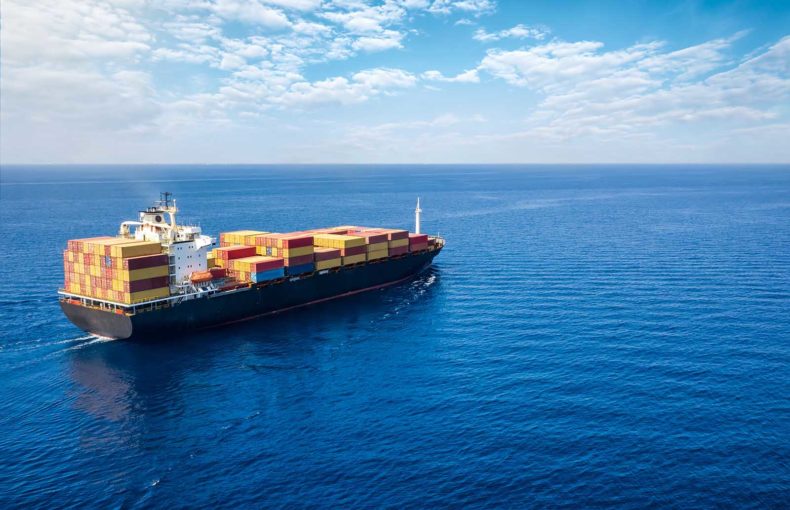Maritime insurance and compliance: 4 reasons to validate AIS positions
The problem of vessel spoofing for the maritime insurance industry and the 4 reasons to validate AIS positions: risk assessment, fraud prevention, regulatory compliance, and claims verification.
The accuracy of vessel position data is crucial for managing risks and verifying claims. Vessels, however, may attempt to transmit false positions via AIS to spoof their true location. AIS Position Validation, an innovative data solution from Spire Maritime, allows to cross-reference the transmitted AIS data from vessels, providing insurers with reliable, tamper-proof maritime intelligence about a vessel’s true location and movements. This verification process not only helps in preventing fraud but also helps to verify insurance claims, assesses risks and ensures compliance with maritime regulations.
The problem of vessel spoofing
While safety concerns can in rare occurrences justify the legitimate disablement of AIS transmissions, vessels involved in illegal activities may intentionally disable their AIS transponders, a tactic known as “going dark”. They may also manipulate their location data prior to transmitting it, with the aim of obscuring their movements. This manipulation, called “spoofing” results in ships to broadcast false longitude and latitude coordinates, thereby misleading tracking systems in order to conceal their true destinations and activities. This fraudulent practice makes it challenging to accurately track vessel movements, assess risk, and verify claims, ultimately undermining the reliability and integrity of maritime risk management, operations, and marine insurance processes. Independently validating AIS positions, by validating a vessel’s location at the time of AIS transmission, even if AIS messages do not include valid GPS data, with Spire’s AIS Position Validation allows for the detection of suspicious behavior and manipulation of AIS information.
Risk assessment
Access to accurate maritime risk intelligence is paramount for insurers. Moreover, validating vessel positions independently from the AIS messages transmitted by the vessel is fundamental for insurers and maritime risk managers during the risk assessment process, ensuring an accurate evaluation of maritime risks. By scrutinizing the movements and locations of vessels with AIS Position Validation data, insurers can gain critical insights into the potential hazards and exposures associated with each vessel. This meticulous verification process enables insurers to assess the likelihood of incidents such as collisions, groundings, or other maritime accidents more precisely. Moreover, it supports vetting and compliance checks, and aids in determining coverage and pricing, as insurers can adjust premiums and underwriting criteria based on the assessed level of risk. Ultimately, this meticulous risk assessment not only enhances the insurer’s ability to mitigate losses but also fosters a more robust and sustainable marine insurance market.
Fraud prevention
Industry estimates suggest that marine insurance fraud results in billions of dollars in losses annually. Additionally, the potential for fraud can deter investment in the maritime sector and disrupt international trade. Consequently, fraud prevention is critical for maritime insurance and compliance, with the detection of vessel spoofing and AIS data tampering serving as pivotal elements in this undertaking. AIS spoofing, where false signals are sent to misrepresent a vessel’s location or identity, and tampering with AIS data, which involves altering the transmitted information, could be indicators for fraudulent claims and illicit activities. By independently calculating a vessel’s location at the time of AIS transmission using advanced vessel position validation techniques, insurers and compliance companies can identify and mitigate these deceptive practices. Untampered AIS data ensures that the true movements and locations of vessels are known, thereby preventing fraudulent claims related to false incidents, unauthorized activities, or breaches of contractual obligations. Vigilant monitoring and validation of AIS data not only separates the good actors from the bad ones but also saves billions of dollars in the process, protecting insurers from financial losses, maintaining the integrity of marine insurance data, and bolstering trust within the industry.
Regulatory compliance
Vessels being compliant with regulations is vital for the maritime industry as a whole but also for the insurance industry as it ensures safe operations, reduces the frequency of accidents, and lowers financial losses. Regulatory compliance reflects a commitment to best practices, helping insurers to improve risk assessment and underwriting standards. What if the AIS data insurers rely on to monitor vessels’ locations and determine regulatory compliance has been tampered with? AIS Position Validation is key. By validating AIS data transmitted by vessels, regulatory bodies can accurately track and monitor vessel movements, ensuring compliance with international and local maritime laws. This validation aids in the enforcement of regulations related to safety and security, environmental protection, and rules around international embargos and trade. Accurate AIS data helps authorities and insurance companies detect and address non-compliance issues, such as unauthorized route deviations, illegal fishing, and environmental violations. Furthermore, consistent reporting through validated AIS data supports accountability, enabling regulatory agencies to maintain the integrity of maritime operations and uphold the standards necessary for safe and sustainable maritime activities.
Claims verification
Claims verification is a crucial process in maritime insurance, and accurate AIS vessel tracking data plays a pivotal role in validating insurance claims related to incidents and accidents at sea. When an incident occurs, precise AIS data provides a verifiable account of a vessel’s location, speed, and course at the time of the event. This information is essential to verify the circumstances surrounding claims such as collisions, groundings, or other maritime accidents. By cross-referencing independently verified AIS data with reported incidents, insurers can accurately determine the legitimacy of claims, reducing the risk of fraudulent submissions. Reliable vessel position data helps to reconstruct events, providing clarity and supporting evidence in disputes or investigations. Additionally, Spire’s weather data, derived from satellite observations, can be used to correlate the reported weather conditions by the vessel with the actual weather reports. This verification process ensures that claims are consistent with the weather conditions that were present at the time of the incident. The validation of AIS positions alongside weather data ensures that only valid claims are approved, protecting insurers from unnecessary payouts and maintaining the integrity of the claims process.
Learn more about Spire Maritime’s AIS data sets
Get in touch with us for more information on AIS Position Validation, Standard Satellite AIS, or Historical AIS, some of which are unique data solutions only available from Spire Maritime.
Alternatively visit our page dedicated to the use of AIS for the insurance and compliance industries.
 Written by
Written by


